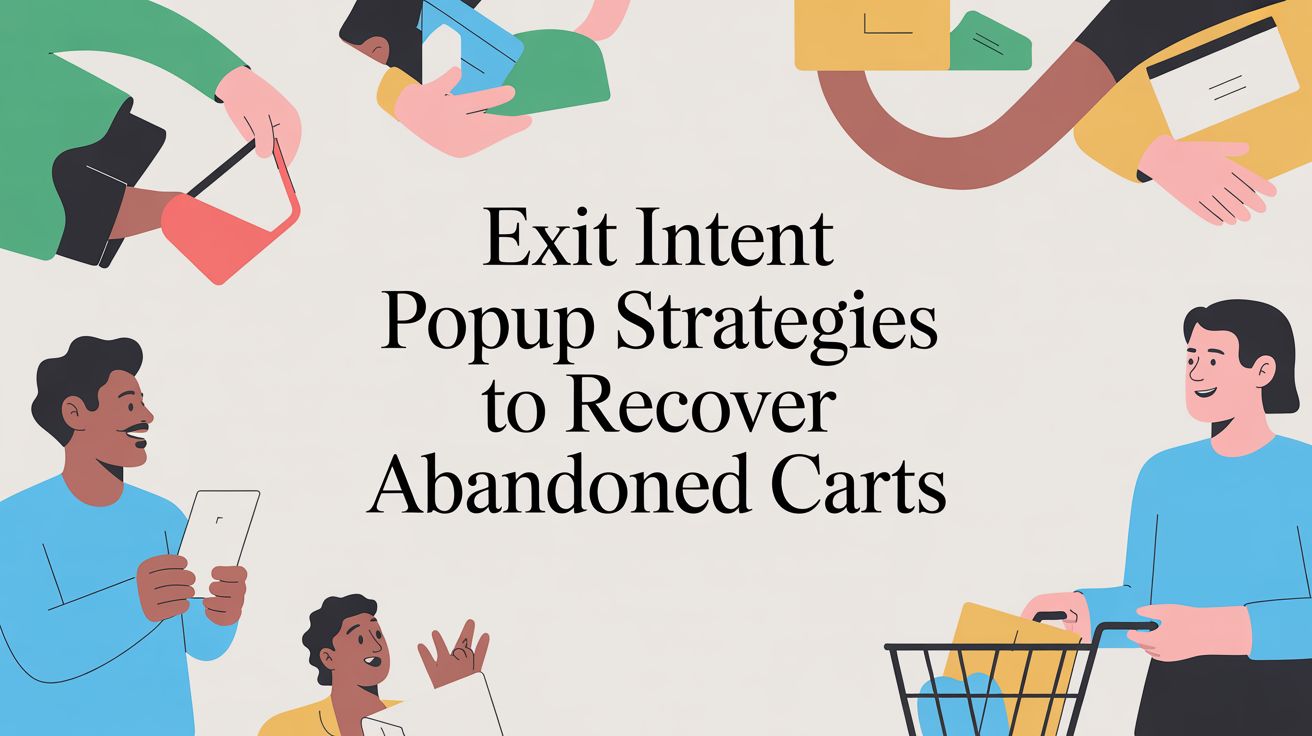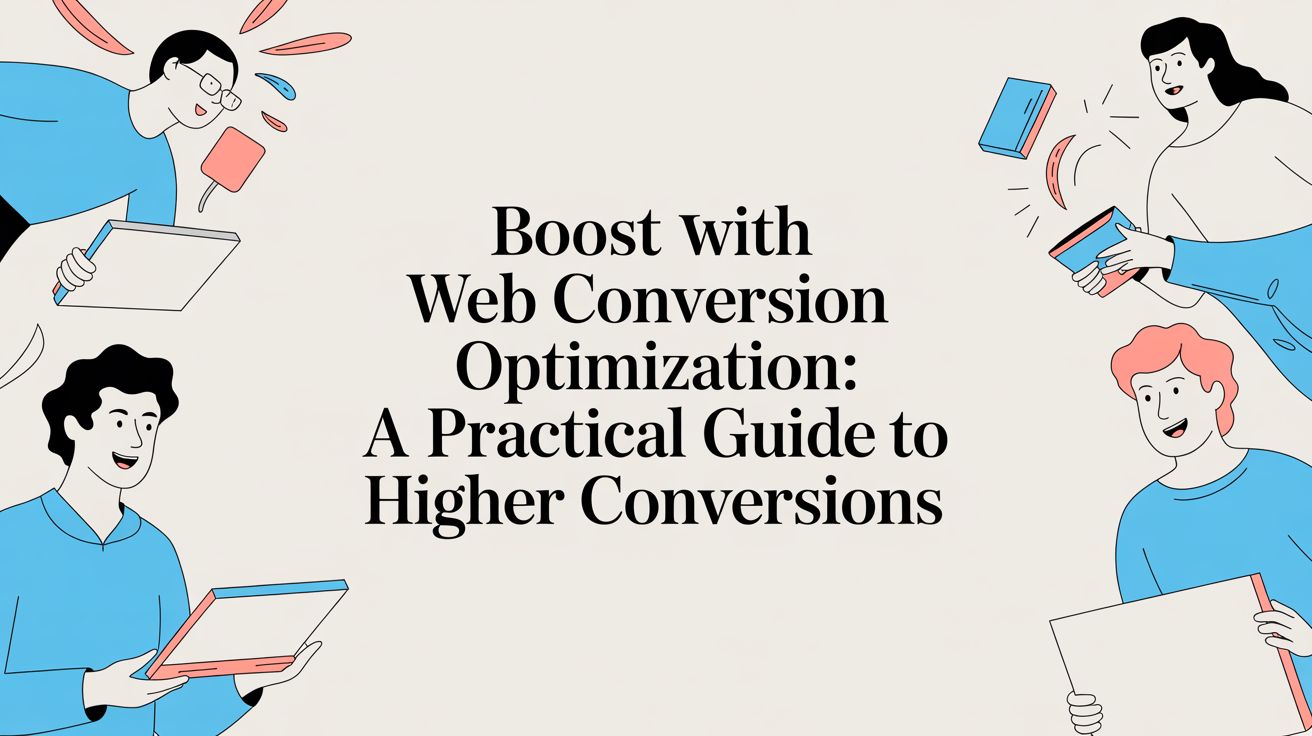
Why consumers are tuning out your emails (according to GMass)

Once your brand builds its email list, it can be pretty disappointing to see that engagement from subscribers isn’t quite what you'd hoped for. You’re confident that at some point in the past your subscribers found value in your content, but now they’ve gone dark — and you’ve got the click-through rates to prove it.
Ajay Goel, founder of GMass, the mass email and merge system for Gmail, spoke to us about how brands contribute to email tune-outs and what encourages consumers to click on an email.
Here what we learned:
Meet your subscribers where they are
With the fast-paced world of social media, product marketing, and evolving trends vying for their attention, email subscribers have much to focus on. And every so often, they’ll tune out messaging that doesn’t seem relevant.
When this happens, it's a good time to make sure the content your brand sends is truly valuable.
“Some brands will send emails out to their entire email list on a regular cadence just as a matter of policy rather than when they have something interesting to say,” Goel said. “Companies that do that are at a greater risk of losing consumer interest because, one, that consumer is used to getting that weekly email and it’s more likely they’re going to tune out something that becomes a regular pattern, and two, there’s no element of surprise.”
Aside from sending content that strays from the status quo, Goel recommends leveraging personalization and meeting your subscribers where they are in real-time.
“It can be challenging to maintain the consumer’s interest over time if you don’t have good data on what’s going on in their life over time,” said Goel.
He gave an example of a consumer subscribing to an email list when searching for a coffee maker. The email subscriber finds a machine they’re happy with, but still receives messages about the latest version a year later. As expected, these sorts of emails don’t align with the subscriber’s needs and are ignored.
Goel strongly believes that the most engaging emails offer new and exciting information. And he isn’t wrong to think so. Consumer distraction is the direct result of low brand relevance. The solution, he says, lies in a brand’s ability to spark a sense of urgency in consumers.
“Everyone wants to seize what they perceive as a unique opportunity. That’s just a natural human tendency. When you send a subject line like ‘Our best deal ever,’ you’re creating this notion in the consumer’s mind that it’s a limited-time opportunity, it’s urgent, and this might never happen again,” said Goel.
But what about consumers who like familiarity? After all, many consumer usage habits are built off of consumers finding value in the same few brands and products repeatedly. Why wouldn’t the same sentiment ring true for email subscribers? Because just like in-store shoppers, email subscribers need to be pleasantly surprised by something new to change their current habit of ignoring your emails.
“Break patterns and do the things other brands aren’t doing. There are brands promoting messages across many different channels, and everyone’s inboxes are flooded. You have to do something different: a more engaging subject line, a better hook in your content, a frequency that will surprise them…” said Goel.
Periods of low email engagement don’t have to last forever if you know what your subscribers need. Offering elements of urgency, scarcity, personalization and more can drive responses and get your email marketing back on track.

Lindsay Keener is a brand journalist for Quikly. She covers stories that help to inform and educate consumer-facing marketers.

